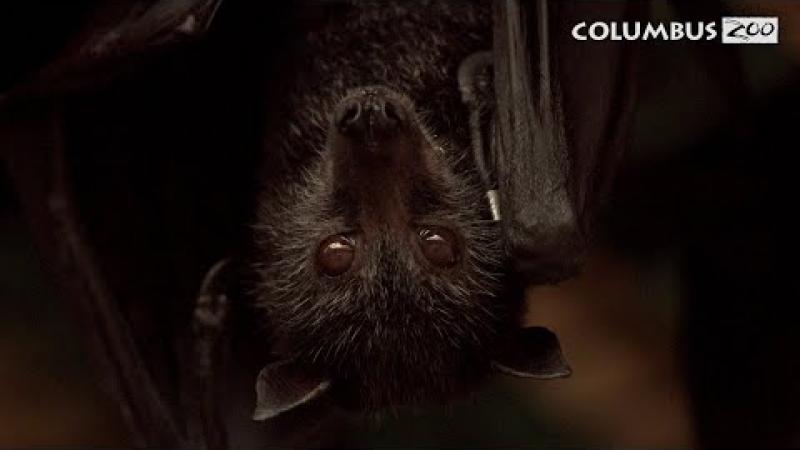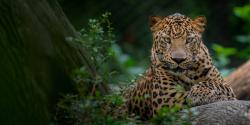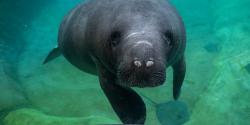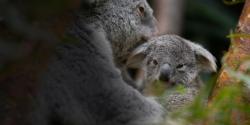The greater Malayan chevrotain, also called “mouse deer,” is one of the smallest species of hooved mammal.
These ungulates – meaning hooved animals – are known as "living fossils" because they have changed very little in 30 million years. They are part of an important evolutionary connection between animals that do not have a specialized stomach (non-ruminates), like pigs and hippos, and animals that do have a specialized stomach with multiple compartments (ruminates), like deer and cattle.
Scientific Name: Tragulus napu
Conservation Status: Least Concern
Size: Body length ranges from 27 to 29 inches, with a tail length of about 3 inches. At shoulder height, they reach about 11 to 14 inches.
Weight: Ranges from 11 to 17 pounds










